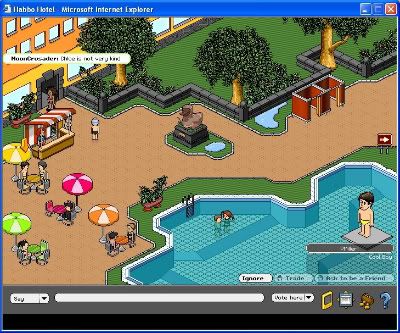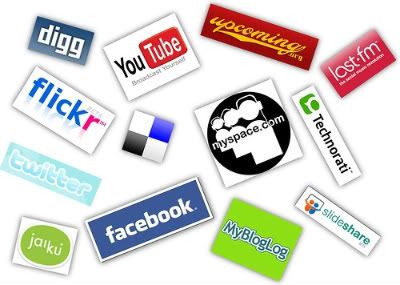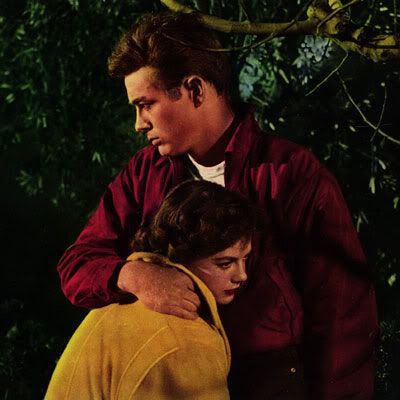Try to answer these questions without using Google or Wikipedia.
1. What did Alan Turing wear while riding his bicycle around Bletchley Park?
A gas mask. (http://autism.about.com/b/2006/07/30/alan-turing-autistic-savant.htm?iam=metaresults&terms=build+a+motor)
2. On what date did two computers first communicate with each other? Where were they?
In 1972 first email is developed by Ray Tomlinson. (www.nethistory.info/History of the Internet/email.html)
3. What is Bill Gates’ birthday and what age was he when he sold his first software?
28th October 1955 and seventeen years old. (http://www.answers.com/topic/bill-gates)
4.Where was the World Wide Web invented?
At CERN in Geneva. (http://www.dw-world.de/dw/article /0,1564,1367151, 00.html)
5. How does the power of the computer you are working on now compare with the power of a personal computer from 30 years ago?
30 years ago the computer was used for educational purposes only through educational games, word processor, databases, spreadsheets and research tools. However today computers are used for nearly everything and anything, such as socializing, games, music, videos, shopping etc. (http://www.portical.org/fouts.pdf)
6.What is the weight of the largest parsnip ever grown?
5.7kg. (http://www.telegraph.co.uk/earth/agriculture /3348613/Giant-vegetable-growers-rejoice-in-wet-summer.html)
7.When did Queensland become a state and why is the Tweed River in New South Wales?
1859, the river was kept in New South Wales because it provided economic, social and ecological fabric to the town. (http://www.maritime.nsw.gov.au/d ocs/recboat/tweed-part1.pdf)
8. What was the weather like in south-east Queensland on 17 November 1954?
9. Why is is Lord Byron still remembered in Venice?
Because he proudly claimed he had women on 200 consecutive nights. (http://www.kirjasto.sci.fi/byron.htm)
10. What band did Sirhan Chapman play in and what is his real name?
The Black Assassins. (www.myspace.com/theblackassassins)
Now that is over, I actually found it quite hard without google or wikipedia. Although there are many other search engines, I feel google is most precise. I found my self changing the words around countless times to try and find the answers I needed. I still couldn't find the answer to question 8 or the second part of question 10. I really thought it wouldn't be as difficult as it was without google and wikipedia. However I mainly used yahoo.com and ask.com of which were fairly helpful in my quest for the answers!




